In 1974, Marina Abramović, a performance artist from Yugoslavia, staged one of the most influential yet terrifying works in modern art history.
Rhythm 0 was a six-hour performance that took place at Studio Morra in Naples, Italy. Abramović invited the audience to participate in the piece as she stood still in the room with them.
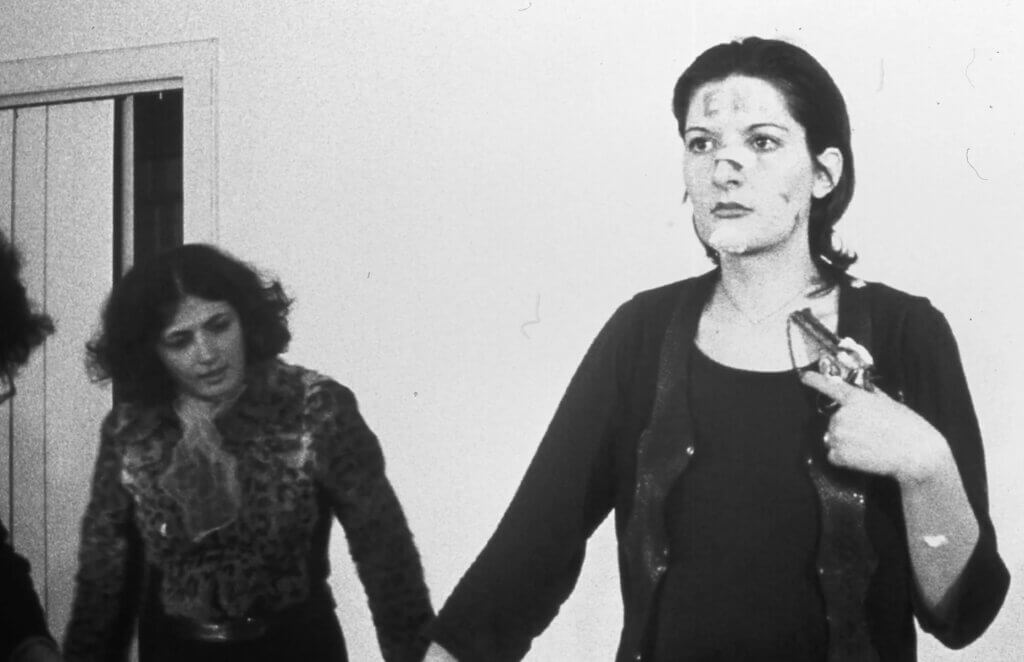

Next to the artist was a table displaying 72 items, which ranged from a rose to a gun. Spectators were instructed to use the objects on her in any way they desired.
What began as a curious and seemingly harmless interaction soon descended into complete chaos.
Audience members cut her clothes, bruised her skin, and even pointed the gun at her head. Those six hours in Naples changed performance art forever.
Background
Marina Abramović was born on November 30th, 1946, in Belgrade, Yugoslavia.
Her parents, Vojin Abramović and Danica Rosić, were from Montenegro, and both were members of the Yugoslav Partisans during World War II. After the war, the family moved to Belgrade, and Abramović’s parents found work in the government.
On the other hand, Abramović’s grandparents were very religious, particularly her grandmother, who attended church regularly. Abramović lived with them until she was six years old and absorbed the customs of the Orthodox Church.
Once her younger brother was born, Abramović returned to live with her parents. According to Abramović, this transition was significant, especially because her mother was very strict. She wasn’t allowed to be outside after 10:00 PM, a rule that continued well into Abramović’s twenties.
In 1965, Abramović enrolled at the Academy of Fine Arts in Belgrade and graduated five years later. In 1972, she earned her postgraduate degree from the Academy of Fine Arts in Zagreb.
The Rhythm Series
The Rhythm Series marked the beginning of Abramović’s transition from traditional media to performance art.
This series consisted of five performances that represented her early experimentation with using her body as an artistic medium while also pushing boundaries. She was determined to test the limits between the artist and the audience.
The first performance in this series, titled Rhythm 10, was named after the number of knives laid out in front of Abramović. It was performed in 1973 during the Edinburgh Festival. Abramović arranged ten knives and two tape recorders on the table before her.
She then played a Slavic game where a person places their hand with splayed fingers on a hard surface and jabs the knife between them. Each time she cut her finger, Abramović would pick up a new knife from the table, and the sounds were recorded on tape.
Once she had ten cuts on her fingers, she replayed the recordings and attempted to repeat the same rhythm, doing the same movements, including the cuts. In this way, she was blurring the line between the past and the present, as she tested her physical and mental limitations.
Rhythm 5, performed in 1974 at the Student Cultural Center in Belgrade, involved Abramović creating a large wooden pentagram, soaking it in gasoline, and setting it on fire. She began the performance by cutting her nails, toenails, and hair, tossing each of these into the flames.
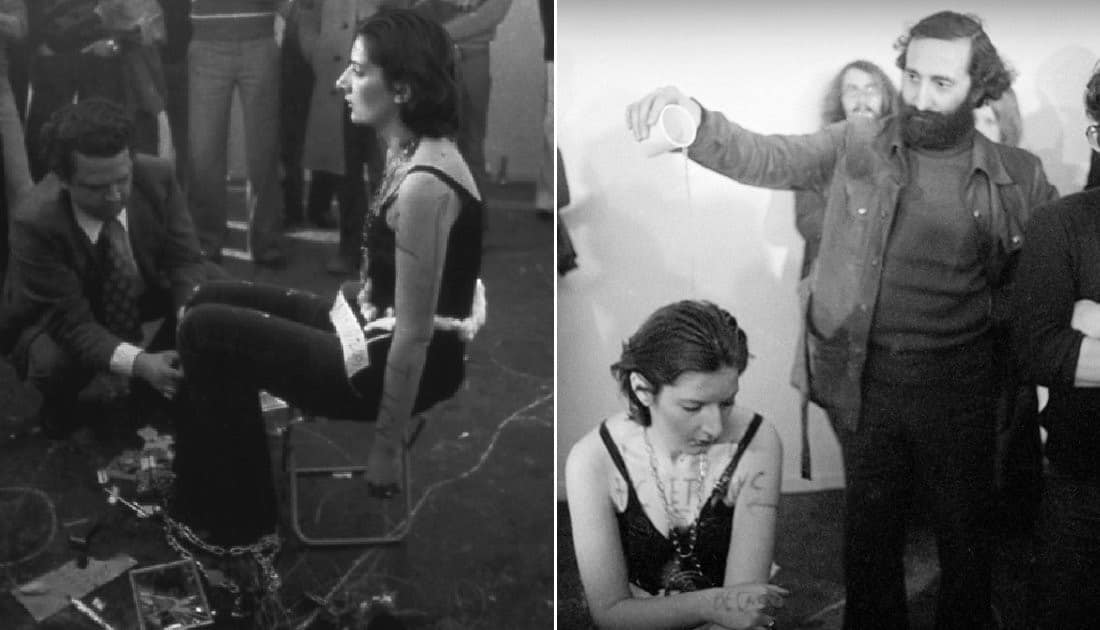
The wooden pentagram also represented a communist symbol, making this performance highly political, especially since she was performing in her hometown of Belgrade, the capital of the former Yugoslavia.
In an attempt to completely purify herself through fire, Abramović jumped over the flames, landing at the center of the pentagram. She remained there until she lost consciousness.
The audience initially believed her stillness was a part of the performance, but when they realized the fire was dangerously close to her body, they pulled her out.
Rhythm 5 was the mixture of ritual and political symbolism. It truly tested Abramović’s limits of endurance, and afterward, she felt anger for losing consciousness because it meant she had stopped performing against her own will. However, this mishap also inspired her to create Rhythm 2.
The two-part performance took place at the Gallery of Contemporary Art in Zagreb. In the first part, Abaramović took a medication used for treating catatonia.
The medication caused muscle contractions, and Abramović lost control of her body. After 50 minutes, she took another medication, typically prescribed to people suffering from schizophrenia to calm them down.
The performance ended after five hours, and the artist aimed to explore the theme of losing control while still being aware of her surroundings.
Rhythm 4 was performed in Galleria Diagramma in Milan, Italy. In this piece, Abramović was naked and alone in a room with a high-power industrial fan.
To prevent any audience interference, Abramović instructed the cameraman to focus on her face only. This way, no one would know if she was unconscious, and the performance would continue as planned.
Abramović slowly moved toward the powerful fan, forcing herself to breathe in as much air as possible. However, moments later, she lost consciousness. The cameraman did as he was told, filming only her face, but he felt very uncomfortable and eventually called for help.
In this piece, Abramović was once again pushing the limits of her body, but now it was against the mechanical forces. Unfortunately, this work is not as well documented as the one that followed – the infamous Rhythm 0.
Rhythm 0
Rhythm 0 is perhaps the most discussed piece of endurance art in history. Performed in 1974 at the Galleria Studio Mora in Naples, Italy, it marked the conclusion of the Rhythm Series. The performance lasted six hours, during which Abramović stood passively in a room with the audience.
She had placed 72 objects on a table beside her, which represented both pleasure and pain. These items included perfume, honey, flowers, wine, a scalpel, nails, a gun, a bullet, scissors, and more.
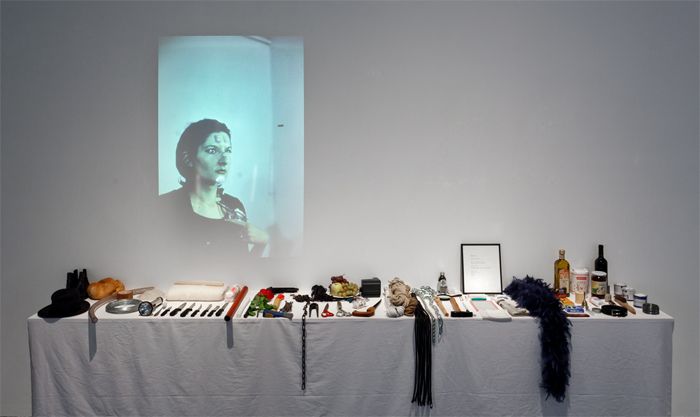
Abramović’s instructions read: “There are 72 objects on the table that one can use on me as desired. Performance. I am the object… During this period, I take full responsibility.”
The audience was the crucial part of this performance as Abramović aimed to explore how far they would go if they had absolutely no limitations.
The beginning was relatively normal, as people approached Abramović to turn her around or lift her arms. Some gave her flowers, others fed her grapes, and even kissed her.
However, as time passed, the mood began to shift. Realizing there would be no repercussions, an audience member touched her intimately.
By the third hour, Abramović’s clothes were cut with razor blades. Soon, the audience members began using knives and a scalpel on her. At one point, someone stuck rose thorns into her stomach.
Abramović was groped multiple times and had various liquids poured over her. An audience member loaded the gun, placed it in her hand, and aimed it directly at Abramović’s head.
That was the moment when a fight broke out between the audience members because many disapproved of what was happening to Abramović.
Despite the escalating violence, Abramović remained still and motionless, never attempting to stop any of the actions. When the six hours were over, Abramović calmly began walking toward the audience. According to her, they started running away from the gallery, avoiding her gaze.
Aftermath
Following the performance, Abramović sustained minor physical injuries, but the experience had a significant emotional impact on her. She later said that Rhythm 0 revealed the true nature of humanity and explored the boundary between artist and audience.
In this performance, she used the audience’s energy to test the limits of her body instead of fire, wind, or medication.
In later interviews, Abramović explained that the performance was directly inspired by the contrasting sides of her upbringing. Her grandmother believed in God and was a Serbian Orthodox, while her parents were a part of the socialist government.
She also noted that some of her hair turned white after the performance, signifying the intense fear she felt inside.
Rhythm 0 is still frequently discussed in art history and psychology classes. It put the spotlight on Abramović, making her one of the most interesting performance artists of her generation and beyond.
The work continues to influence artists exploring the themes of consent, vulnerability, risk, and the role of the audience. Of course, Rhythm 0 was also criticized due to the dangers it posed to both the performer and the audience.
Abramović was called out for allowing the audience too much freedom, which perhaps could’ve caused psychological harm to some spectators. And there were also concerns about whether she was romanticizing or even glamorizing pain and suffering.
Abramović continued to create art in the decades that followed. Throughout the late 1970s, she partnered with the West German artist Uwe Laysiepen, also known as Ulay.
Together, they explored topics such as transcendental meditation and the limits of the human body directly through their collaboration.
In 2010, The Artist Is Present introduced Abramović to a whole new generation. She spent more than 700 hours at the Museum of Modern Art in New York, as visitors were invited to sit across her in silence.
Today, Abramović is an artist with an astonishing legacy and is often referred to as the grandmother of performance art.
Sources
https://www.royalacademy.org.uk/article/marina-abramovic-interview

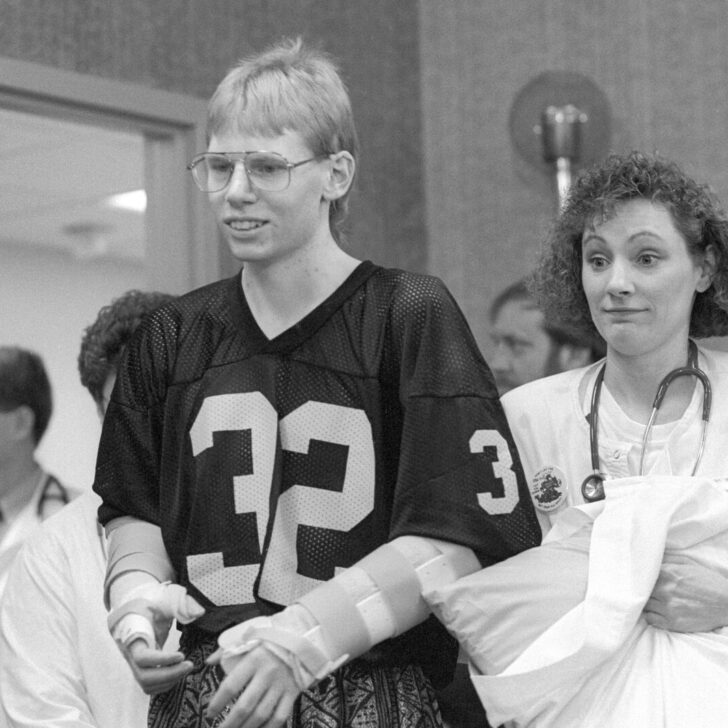

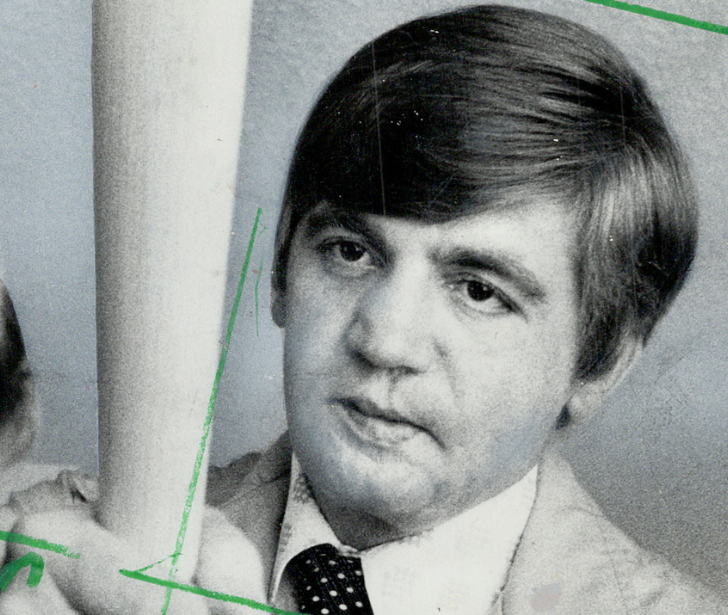

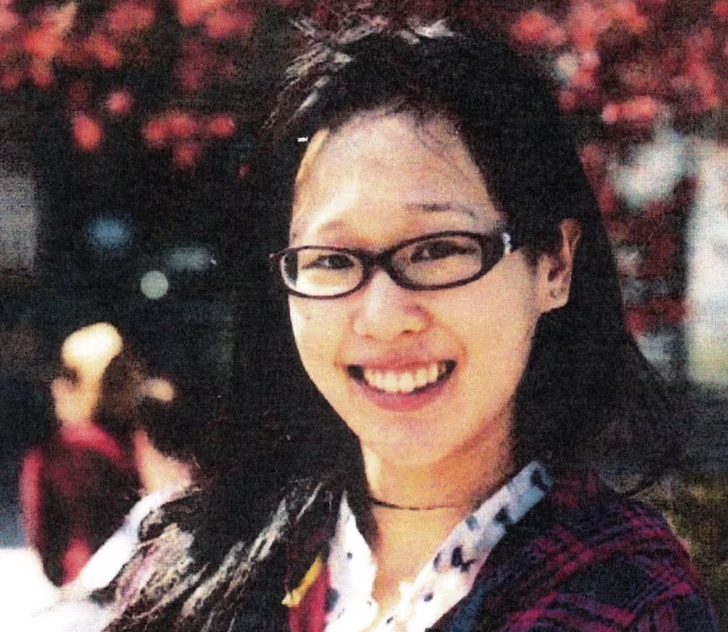



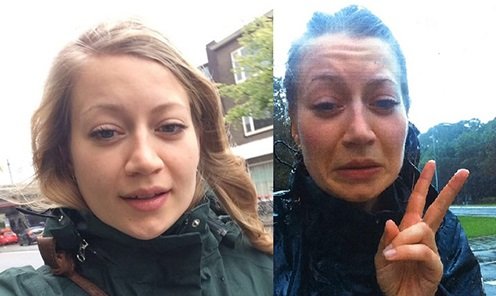


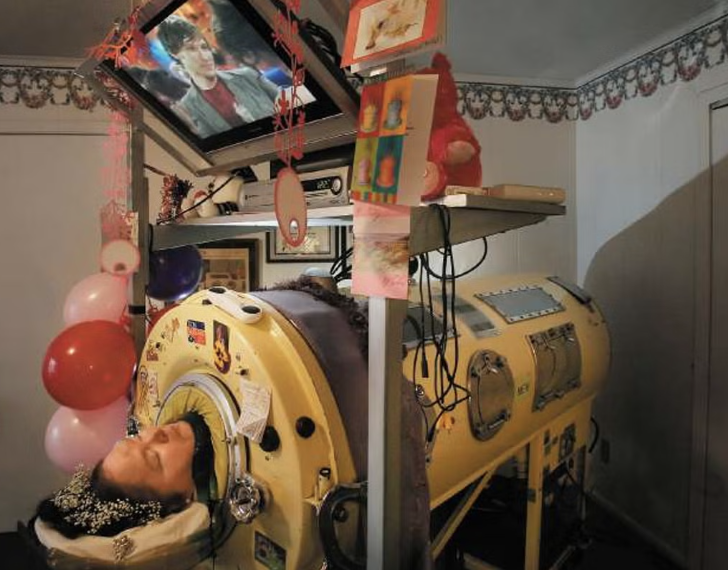
Leave a comment